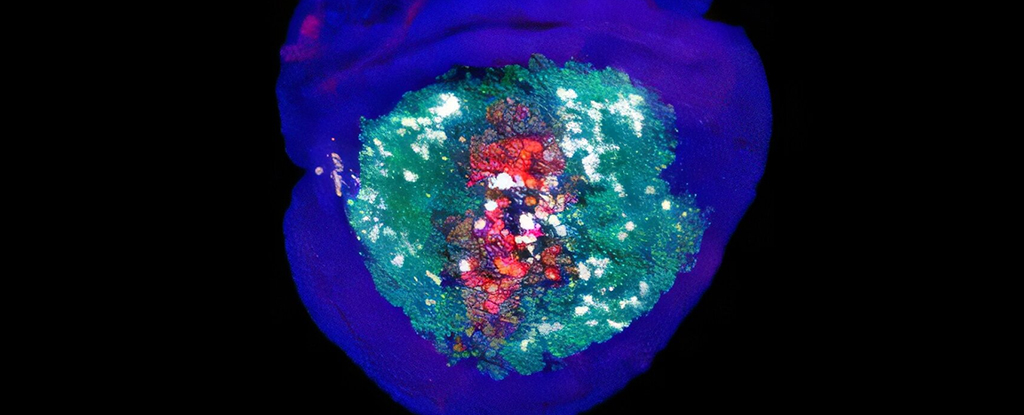Ever since the COVID-19 pandemic kicked off, we’ve been far more aware of our sense of smell.
Now, new research shows that odors – like those emanating from ripening fruits or fermented foods – can lead to changes in how genes are expressed inside cells far beyond the nose.
The findings have scientists wondering if, with much more research, sniffing volatile, airborne compounds could be a way to treat cancer or slow neurodegenerative disease.
While the idea of delivering medicine via the nose is not some new idea, that’s of course a huge leap to make, from experiments in cells, flies, and mice. There may also be unforeseen health risks associated with the compounds tested, so more studies are needed to better understand the downstream consequences of this intriguing discovery.
“That exposure to an odorant can directly alter [the] expression of genes, even in tissues that have no odorant receptors, came as a complete surprise,” says Anandasankar Ray, a cell and molecular biologist at the University of California (UC) Riverside and senior author of the study.
The team exposed fruit flies (Drosophila melanogaster) and mice to different doses of diacetyl vapors, for 5 days. Diacetyl is a volatile compound released by yeast in fermenting fruit. It was historically used to impart a buttery-like aroma in foods like popcorn, and is sometimes present in e-cigarettes. It is also a by-product of brewing.
In lab-grown human cells, the team found diacetyl can act as a histone deacetylase (HDAC) inhibitor. It triggered wide changes in gene expression in flies and mice, including in the cells of the animals’ brains, the mice’s lungs, and the flies’ antennae.
HDACs are enzymes that help wrap DNA more tightly around histones, so if they are inhibited, genes can be expressed more readily. HDAC inhibitors are already being used as treatments for blood cancer.
In subsequent experiments, the researchers found that diacetyl vapors halted the growth of human neuroblastoma cells, grown in a dish. Exposure also slowed the progression of neurodegeneration in a fly model of Huntington’s disease.
“Our important finding is that some volatile compounds emitted from microbes and food can alter epigenetic states in neurons and other eukaryotic cells,” Ray says. “Ours is the first report of common volatiles behaving in this way.”
The team studied the effects of diacetyl as a proof of concept, but given other research showing that inhaling diacetyl causes changes in airway cells and even a lung disease called obliterative bronchiolitis, or ‘popcorn lung’, “this compound may not be the perfect candidate for therapy,” Rays admits.
“We are already working on identifying other volatiles that lead to changes in gene expression,” adds Ray, who has founded two start-up companies and filed several patents based on his team’s work.
There are lots of other limitations to the work, too. As one peer reviewer of the study points out, the study “falls short in providing a thorough analysis of the underlying mechanisms” that could explain how odors induce epigenetic changes in cells a long way from the nose.
Whether the prolonged or repeated exposure to commonly encountered odorants may have longer-term consequences was also beyond the scope of this lab-based, preclinical study. Remember, as the saying goes, it’s the dose that makes the poison.
“Given our repeated exposure to particular flavors and fragrances, the findings outlined here highlight a new consideration for evaluating the safety of certain volatile chemicals that can cross the cell membrane,” the researchers note in their paper.
Perhaps a more practical application of this work is in agriculture, as plants also contain HDAC enzymes and other research has shown they exhibit a strong and sudden response to volatile chemicals in the air.
The study has been published in eLife.





